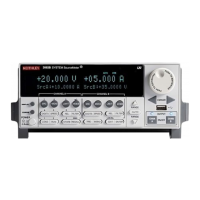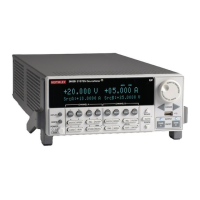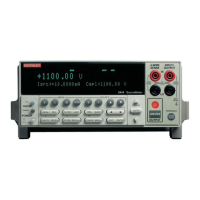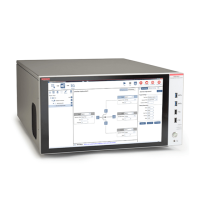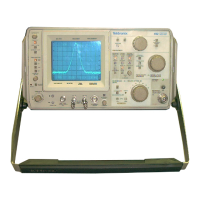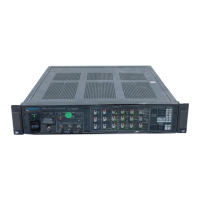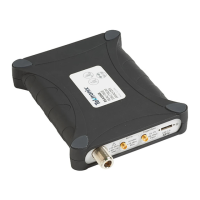The FORCE and SENSE connectors of the 2601B-PULSE are rated for connection to circuits
rated Measurement Category I only, with transients rated less than 1500 V
PEAK
. Do not
connect the 2601B-PULSE terminals to CAT II, CAT III, or CAT IV circuits. Connections of the
input/output connectors to circuits higher than CAT I can cause damage to the equipment or
expose the operator to hazardous voltages.
To prevent electric shock and/or damage to the 2601B-PULSE, when connecting to a source
with a greater current capability than the 2601B-PULSE, a user-supplied fuse, rated at no
more than 20 A SLO-BLO, should be installed in-line with the 2601B-PULSE
input/output connectors.
2-wire local sensing connections
Local voltage sensing is only available when the pulser is disabled.
You can use 2-wire local sensing measurements, shown in the following figure, for the following
source-measure conditions:
• Sourcing and measuring current.
• Sourcing and measuring voltage in high impedance (more than 1 kΩ) test circuits.
Make sure to configure the 2601B-PULSE for 2-wire local sensing. Refer to Sense mode selection
(on page 4-20) for information.
Figure 46: Two-wire local sensing 2601B-P-INT connections
4-wire remote sensing connections
When sourcing or measuring voltage in a low-impedance test circuit, there can be errors associated
with lead resistance. Voltage source and measure accuracy is optimized by using 4-wire remote
sense connections. When sourcing voltage, 4-wire remote sensing ensures that the programmed
voltage is delivered to the DUT. When measuring or limiting voltage, only the voltage drop across the
DUT is measured.
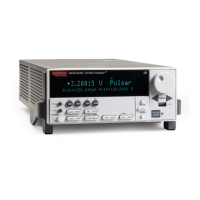
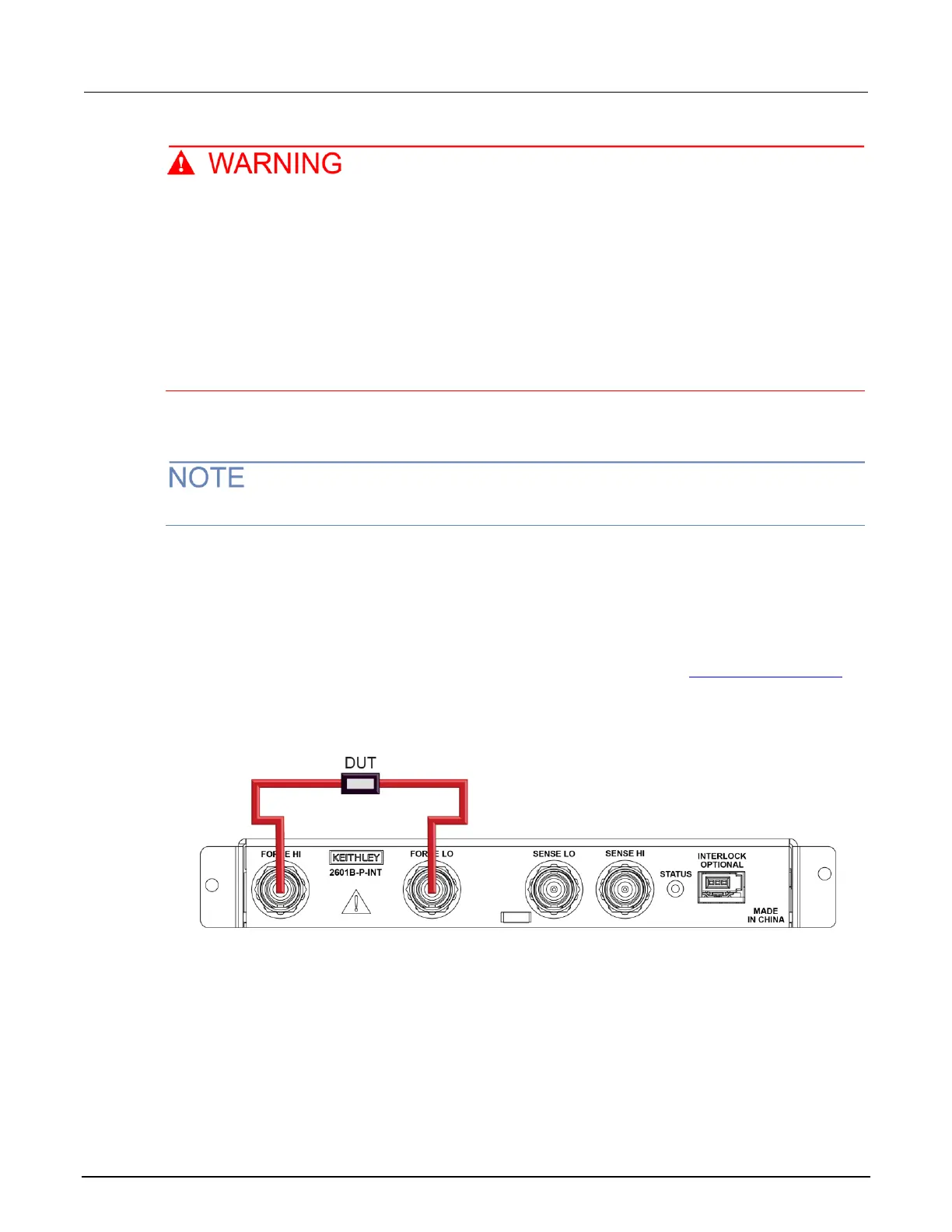